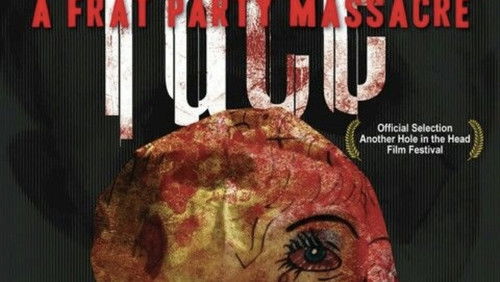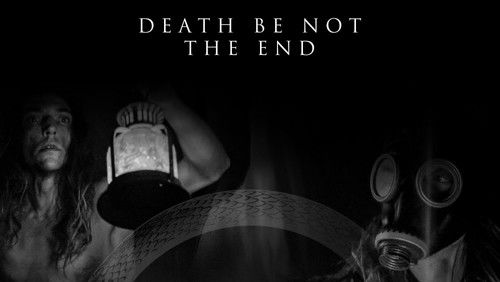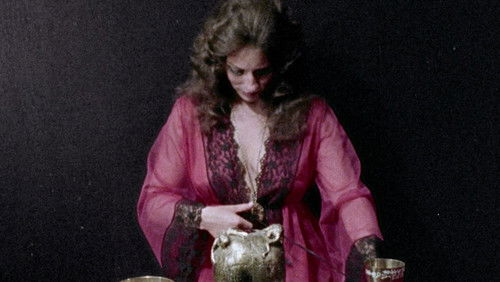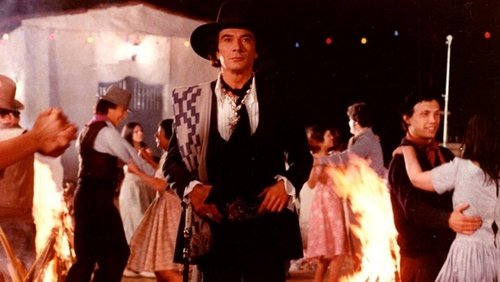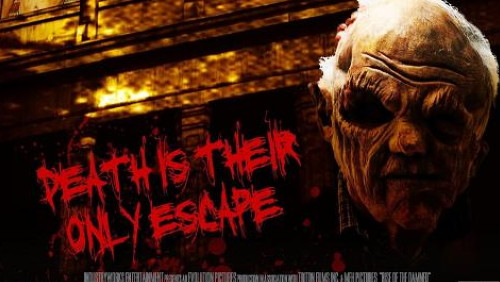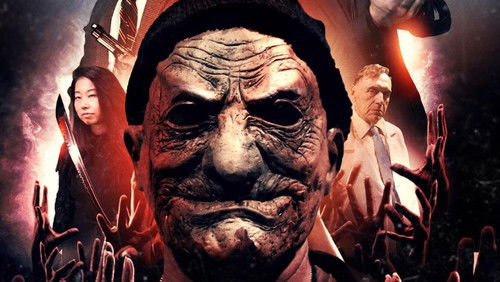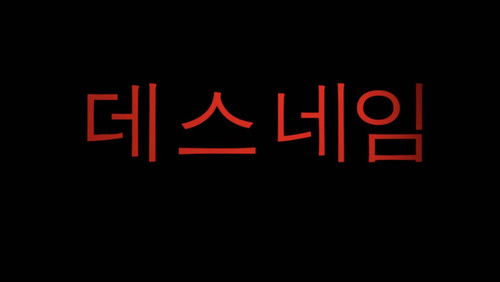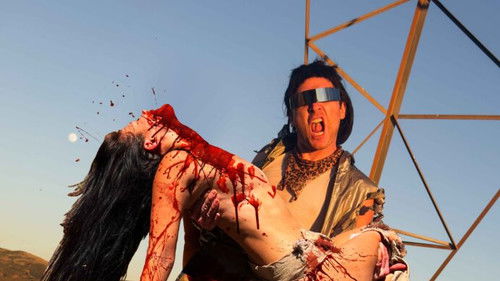Two Evil Eyes (1990)
37KTwo Evil Eyes: Directed by Dario Argento, George A. Romero. With Adrienne Barbeau, Ramy Zada, Bingo O’Malley, Jeff Howell. Two horror tales based on short stories by Edgar Allan Poe, directed by famed horror directors George A. Romero and Dario Argento. A greedy wife kills her husband, but not completely; a sleazy reporter adopts a strange black cat.
“Itu0026#39;s always tricky to evaluate a filmmaker when at work on a film that is in an in-between realm of short and feature. Actually, by technical ruling (or what would be considered by most festivals), it is feature-length with each segment. But I found Two Evil Eyes an underrated effort, after reading many mixed reviews (many leaning to the lesser side for especially Romerou0026#39;s film, and some faint praise for Argentou0026#39;s). The Facts in the Case of Mr. Valdemar and The Black Cat are not the tippy-toppest best for either filmmaker, and for Romero itu0026#39;s a strange kind of quasi-conventional experiment while Argento stays in somewhat familiar territory. Each has its own strengths, own weaknesses, and itu0026#39;s a fine little treat.u003cbr/u003eu003cbr/u003eu0026#39;Valdemaru0026#39;: This starts with the veneer of what comes in the range of something like a cross between daytime Soap and a 40s melodrama. A woman (Adrienne Barbeau) married Mr. Valdemar late in life, and as heu0026#39;s about to die (and soon does) she stands to collect a load of money with her cuckold- a smooth operating doctor who has a knack for hypnosis.u003cbr/u003eu003cbr/u003eWhat unfolds after his death, and their cover-up in order to secure more funds, is something still like a u0026#39;living-deadu0026#39; movie for the director, but more psychological in head-games and, to be sure, a faithfulness to the Poe source. It is a peculiar feat to adjust to in seeing Romero, at least in the first half hour, directing more like an old pro of the studio era than with his trademark panache in editing and shocks.u003cbr/u003eu003cbr/u003eThis time he brings on the dread in a gradual fashion, built on guilt and paranoia, and then as Valdemar is in that freezer, a Gothic form of psychosis: two people stuck with a body, and a voice, they canu0026#39;t get rid of and become absorbed with. I liked it a lot- maybe more than I should have from what I read (the u0026#39;Soapu0026#39; argument against it I read before, though Romero does try to give his actors more to work with than any hack would)- as it preys on the fear of death as not a final measure, with one last wicked kick in the nuts with that bed scene. Top shelf Romero? Not quite, but itu0026#39;s still oddly gripping, like a polished piece of clichés giving way to a wild head game of u0026quot;old-schoolu0026quot; horror.u003cbr/u003eu003cbr/u003e8/10 u0026#39;Black Catu0026#39;: Argentou0026#39;s dip in the Poe pool goes to the lengths that he as a director always goes to: elaborate-to-the-Italian-horror degree style in camera and deranged horror, and even bits of dark horror that almost make Poe seem tame. I canu0026#39;t say how much this is tied into Poe more than I can Valdemar, but try as I might I couldnu0026#39;t see this as being totally peak Argento either, despite (or almost in spite of) everything he has going for it. Like Valdemar, itu0026#39;s about someone not coping with life after death; a photographer (Keitel) into the macabre, with a (color me shocked Argento) violinist girlfriend, has a black cat, whom the photographer strangles while taking some provocative photos. She knows heu0026#39;s behind it, but he canu0026#39;t stop himself- he needs another cat- just like the old cat- which will meet some grisly consequences.u003cbr/u003eu003cbr/u003eKeitelu0026#39;s always game for something like this part, which plays like his Bad Lieutenant gone Grand Guignol, which makes for one of the best pleasures of the project. He doesnu0026#39;t have a whole lot of range in the role, but itu0026#39;s a fun one for him, chewing on the meat that Argento throws out for him scene after scene. Argento, meanwhile, even for *him* overdoes it with the horror music in certain scenes, and dares to go to too much excess with the symbolism of the white spots on the cat. But itu0026#39;s totally a wonder to see that dream sequence, where Keitel is in the midst of a medieval Pagan sacrifice, with a sharp cut-away in the most violent bit. u003cbr/u003eu003cbr/u003eAnd I loved the pleasure that Argento takes in enlivening Poeu0026#39;s macabre with his own, with the violence extending from mania into the visual. I had my complaints at times, but itu0026#39;s hard to not throw up oneu0026#39;s hands with Argento and say u0026quot;why carp!u0026quot; when heu0026#39;s unabashed in his passions of mostly constant camera movement (tracking, cranes, close-ups, pans, you-name-it) and illogical steps in plot (i.e. why Keitelu0026#39;s character would even put out a book with cat deaths knowing his girlfriend might see them, let alone so soon). u003cbr/u003eu003cbr/u003e8/10 Bottom line, fans of the directors should check out the films, and decide for themselves how they do. Itu0026#39;s two tall tales of curses and death, derangement and the surreal, and itu0026#39;s a concoction worth at least one viewing.”
